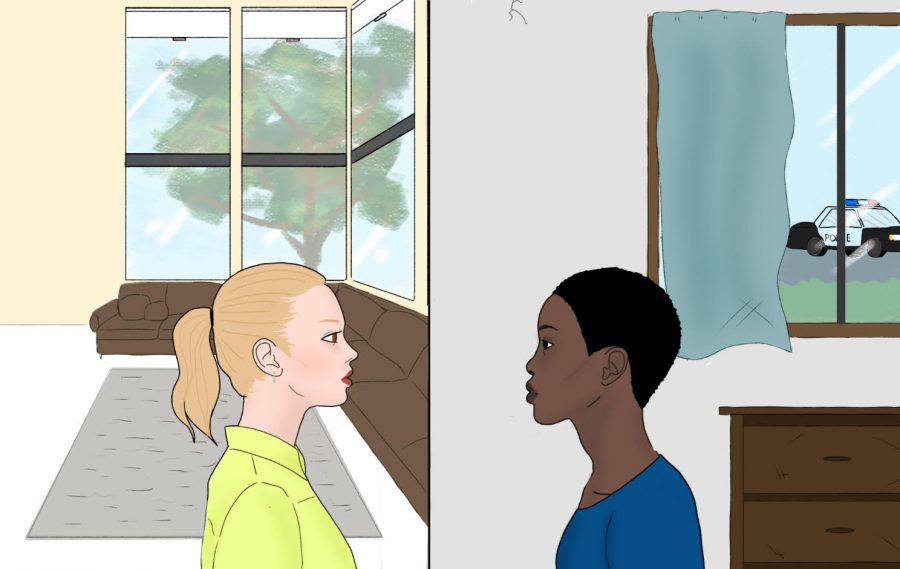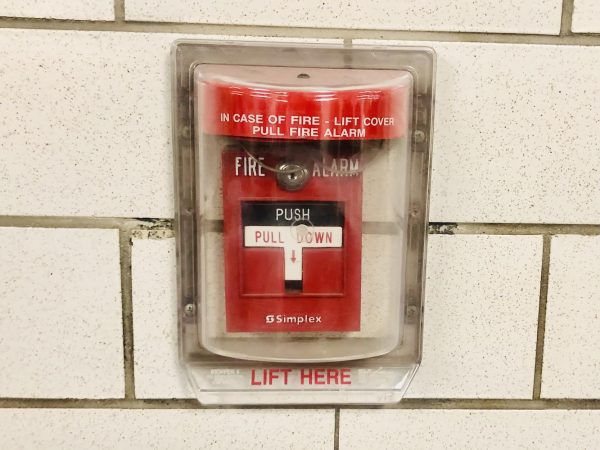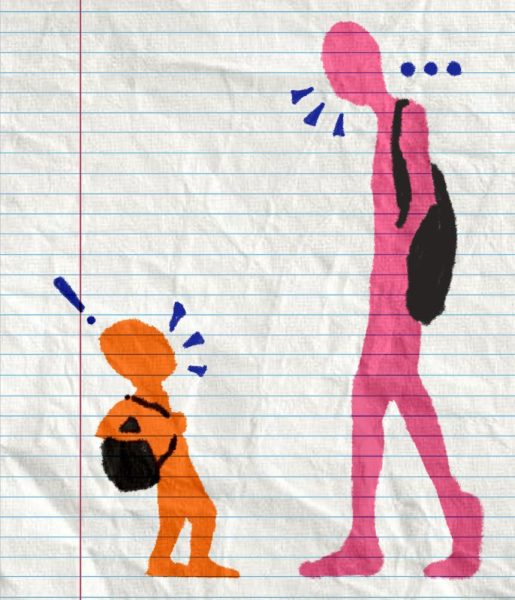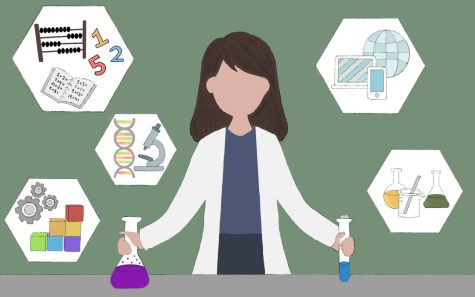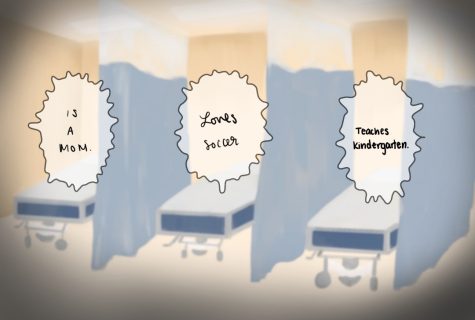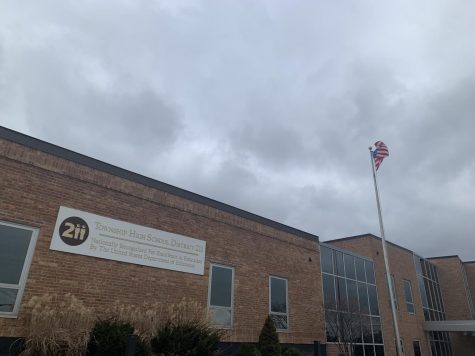COVID-19 or a much greater issue?
September 23, 2020
Systemic racism is the basis for many things: The U.S wealth gap, employment gap, and education gap can all be attributed to systems of inequality in society. These wrongful practices have been going on for decades, but recently, it has become increasingly apparent in the health industry during this COVID crisis. The virus is a threat to everyone, but clearly plagues minority populations disproportionately. Factors such as low testing rates in these communities are partly to blame, but to give these statistics greater meaning, one must explore the many unethical disparities that exist in low income neighborhoods.
A major aspect of health many people don’t consider is nutrition. Found in grocery store produce, it’s essential for good health. Fortunate enough to have cars that facilitate the process of getting food, many Americans have little difficulty locating an Aldi or Walmart. Not everyone has this convenience, however. Impoverished areas where many people can’t even afford cars, this isn’t even an option; many grocery stores are a mile or further from the local communities. Unjust as it is, these districts are strewn with convenience stores stocked with candy, junk food and soft drinks in place of healthier alternatives. Inadequate access to healthy food usually leads to a wide assortment of health issues and diseases.
These obstacles to obtaining nutritious food are a large part of the reason that underserved populations are often victims to diseases such as hypertension and chronic stress. These rates are exceptionally high for many reasons. In predominantly white neighborhoods, citizens enjoy a strong sense of safety, while crime and violence is an unfortunate aspect of life in many urban communities. The trauma that accompanies this reality is detrimental to the lives of urban inhabitants. In addition, police brutality and the fear of being stopped by the cops instills fear into many people of color, increasing risk for diseases such as chronic stress. These are just a few of many diseases that plague those of poverty stricken sectors.
Another crucial factor in these health disparities is the astonishingly low number of hospitals located in low-income communities. In these areas, the act of getting a routine checkup can be an issue as hospitals are scarce. This is a result of the many hospital closures that have occurred over the last couple of decades. Of the few hospitals that exist, most are understaffed as well as lacking adequate resources, rendering them unable to fully serve their patients. With inequalities such as these, it is no wonder that impoverished communities face such high rates for many illnesses, ailments, and disabilities.
While COVID 19 has been a detriment to society, it has certainly affected certain areas disproportionately. In order to prevent health disparities that occur as a result of COVID and other diseases, there must be changes in the care given to these destitute areas. Clearly, systemic inequality plays a large role in these disparities, and it’s time for hospitals, institutions, and the government to begin to own up to past failures- and mandate change.

